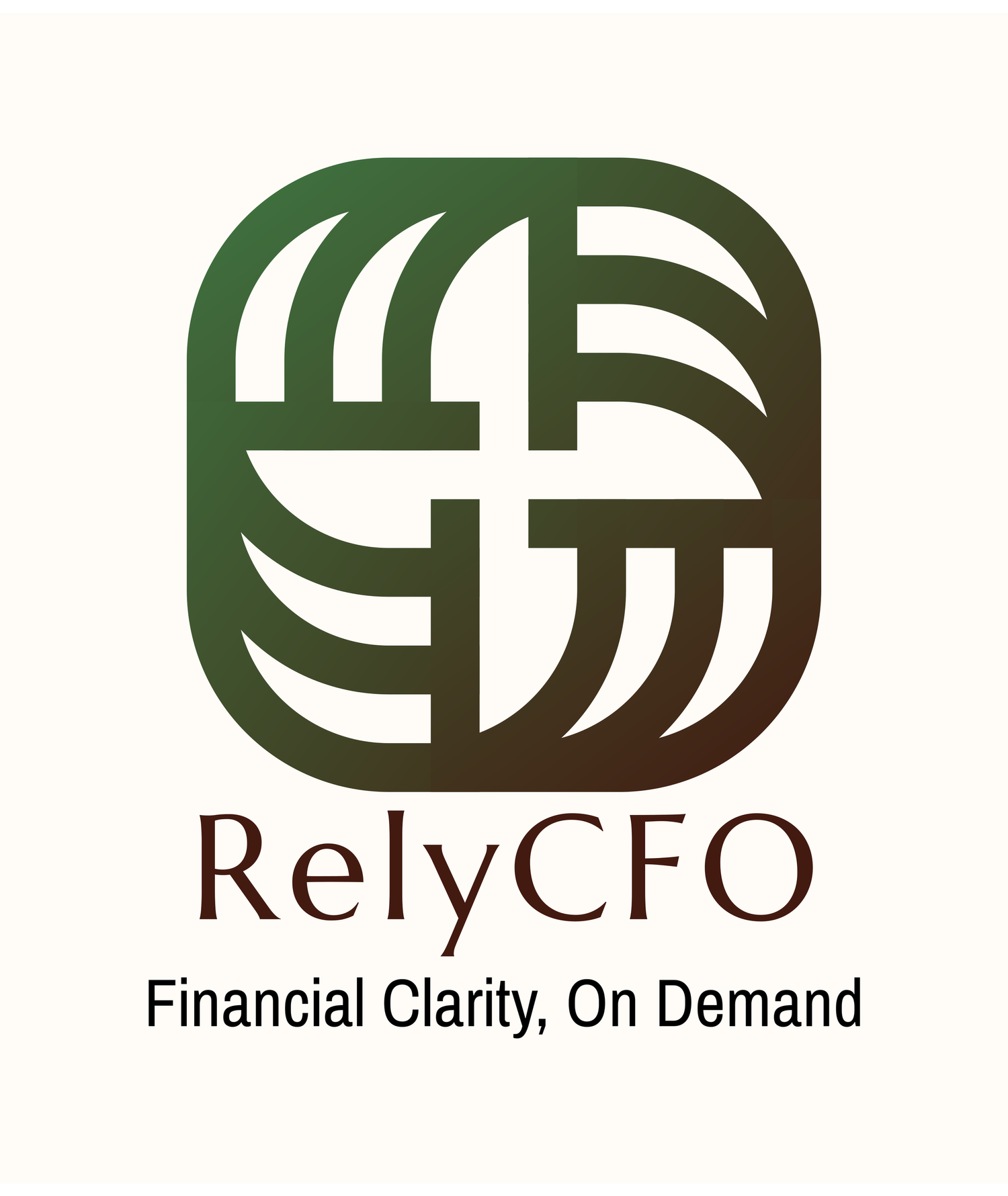What’s Your Burn Rate—and Why Should You Care?
If you’re running a startup or a fast-growing business, your burn rate might be the most important number you’re not tracking. While revenue, customer growth, and market share grab headlines, burn rate quietly determines whether your business has months — or just weeks — of survival left.
Burn rate measures how quickly your company is spending cash. It’s a critical financial KPI for managing liquidity, projecting your runway (the time left before you run out of money), and convincing investors you can manage capital efficiently.
🔥 What Is Burn Rate?
Burn rate is simply how much cash your business is losing (or spending) each month. It comes in two main forms:
Net Burn Rate – Cash Outflows – Cash Inflows
This shows the actual net cash lost each month after accounting for revenue.
Gross Burn Rate – Total Monthly Operating Expenses (pre-revenue scenario)
This is the raw monthly spend without factoring in revenue.
Example:
Monthly expenses: $200,000
Monthly revenue: $50,000
Net Burn = $200,000 – $50,000 = $150,000 per month
💸 Why Burn Rate Matters
Runway Calculation
Formula: Runway = Cash in Bank ÷ Monthly Burn Rate
Example: If you have $1.2M in the bank and burn $150K/month, your runway is 8 months.
Investor Readiness
Venture capitalists, angel investors, and private equity firms almost always ask for your burn rate. A high burn with a short runway often means you’ll need funding sooner — and that’s a negotiation disadvantage.
Cost Discipline
High burn without proportional growth is a red flag. It signals inefficiency or poor cost management.
Strategic Planning
Burn rate helps you decide when to scale, when to pause hiring, or when to adjust marketing spend.
🧯 How to Lower Burn Rate Without Killing Growth
Cut Non-Essential Expenses
Audit all subscriptions, tools, and SaaS services. Cancel those you rarely use.
Delay or Phase Hiring
Fill only mission-critical roles immediately. Consider contractors instead of full-time hires for certain functions.
Renegotiate Vendor Contracts
Request bulk discounts, longer payment terms, or better pricing from suppliers.
Optimize Marketing Spend
Double down on channels with a high ROI and pause experimental campaigns that aren’t converting.
Outsource Strategically
Consider fractional CFO, marketing, or IT services instead of building full-time teams too early.
Revisit Growth vs. Profit Trade-offs
Sometimes slower growth with a lower burn is better than rapid scaling with a short runway.
✅ Pro Tip
A business with a low burn rate has flexibility and negotiation power. A business with a high burn rate and no funding plan has a deadline. Track it monthly and review alongside other KPIs like cash flow, gross margin, and customer acquisition cost (CAC).
📌 Unsure how much runway you really have? Let’s Review Your Burn

